Last Updated on October 31, 2024 by Ellen
There are so many things to do in Lisbon, you won’t get to them all if you live there a month. We know – because we did live there for one month.
One of our favorite experiences were free museum days.
Some museums free for Portuguese residents only, or they’re free for only senior citizens, or the museums are free only certain times on certain days, etc. In fact, almost all museums that have a free offer have conditions attached.
Here are two museums we visited that are truly free for Lisbon visitors, at specific times on Sundays. Both are fantastic places to help you get an understanding of the Portuguese psyche.
The Aljube Museum
The Aljube Museum is well-designed and kept my interest for a few hours, even though its content is somber. The museum is in a former prison used by the secret police in Portugal’s past dictatorship. Exposure to this part of this country’s past gave me a touch of insight into the people’s current collective peaceful vibe.
Admission is free every Sunday for all people until 2:00 p.m. The official website changes often so please check it.
The first floor featured pull-out books in English on the rise of the dictatorship before World War II, through the Carnation Revolution just four decades ago. This was helpful to arm us with knowledge as we went on to the second floor, where there is an immersive environment of what it was like to be a prisoner.
The second floor reveals the disturbing torture methods used on prisoners, and also techniques used by the secret police to catch people opposed to the government regime.
Aljube Museum photos
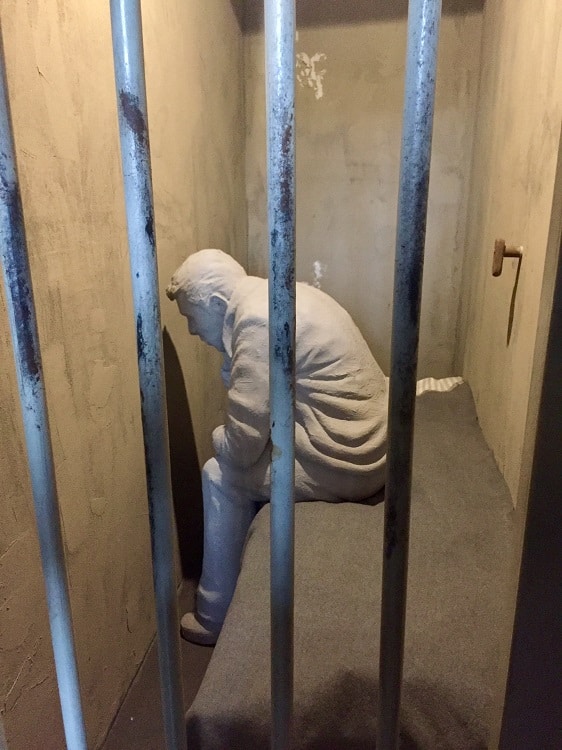
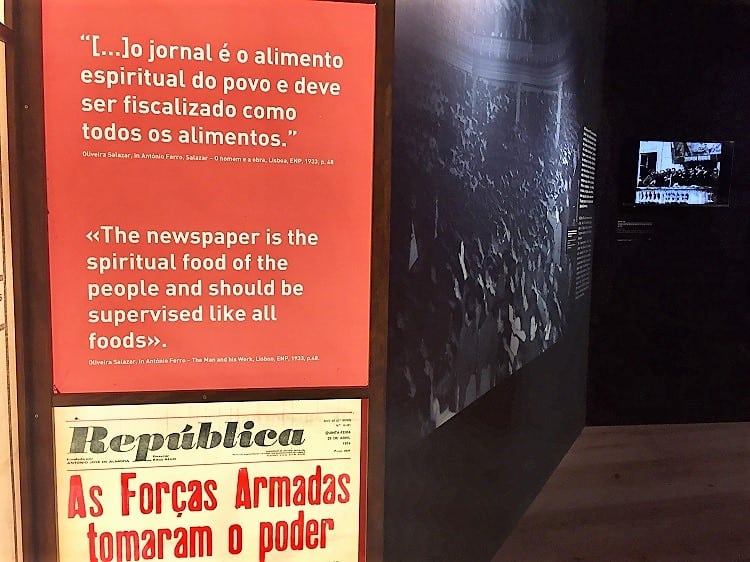
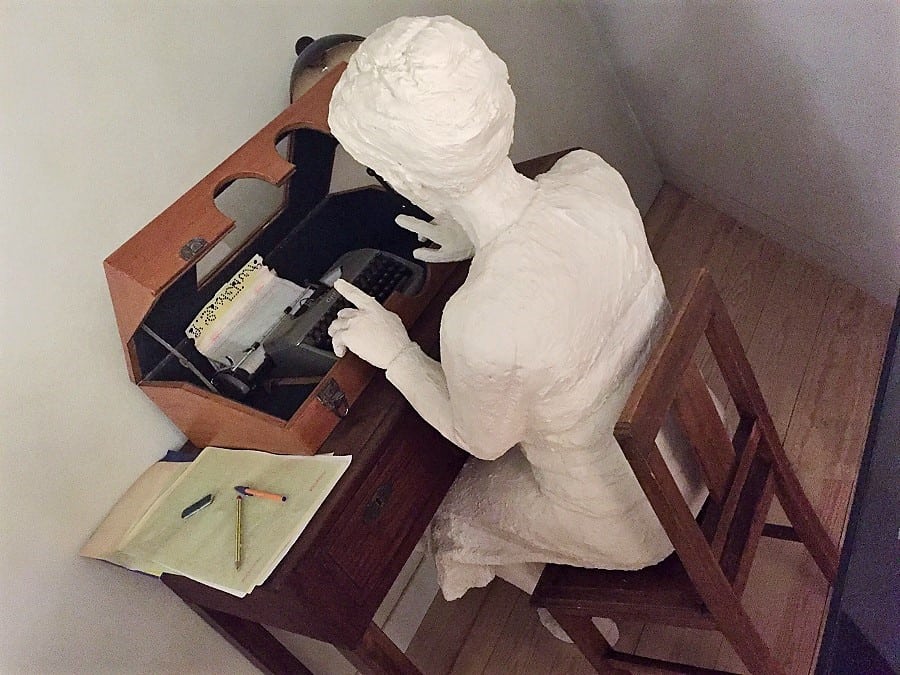
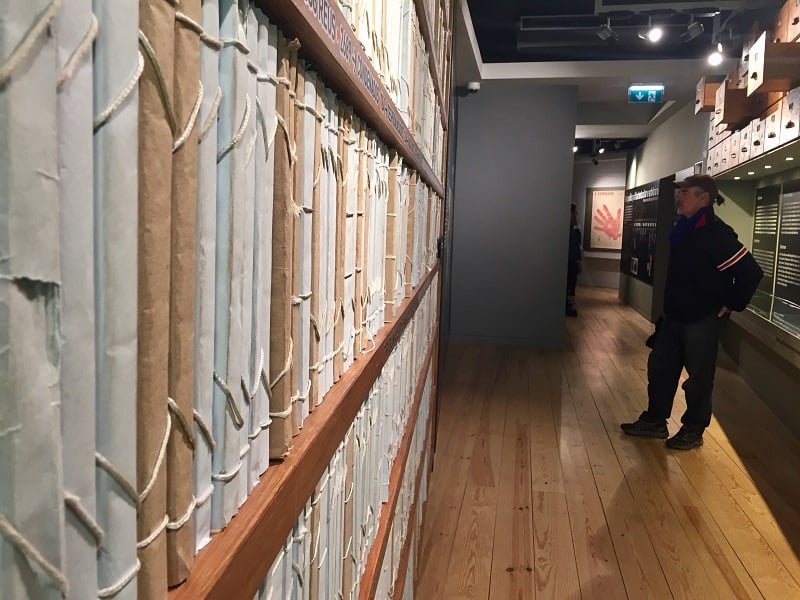
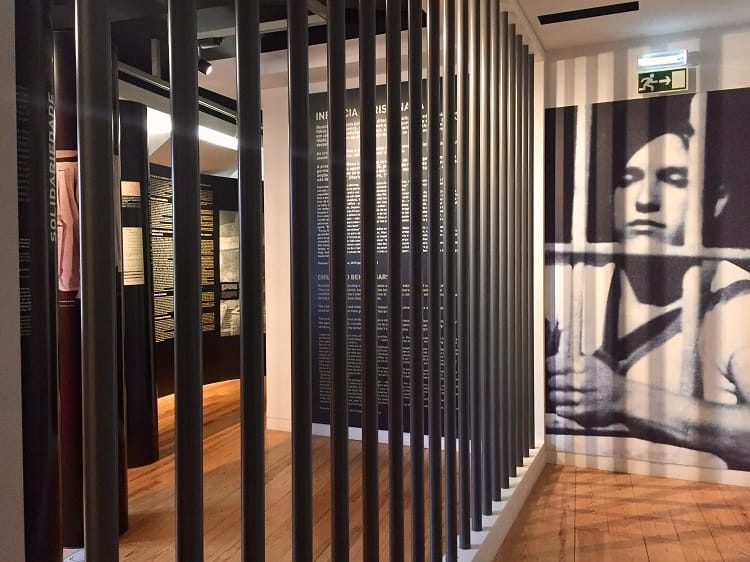
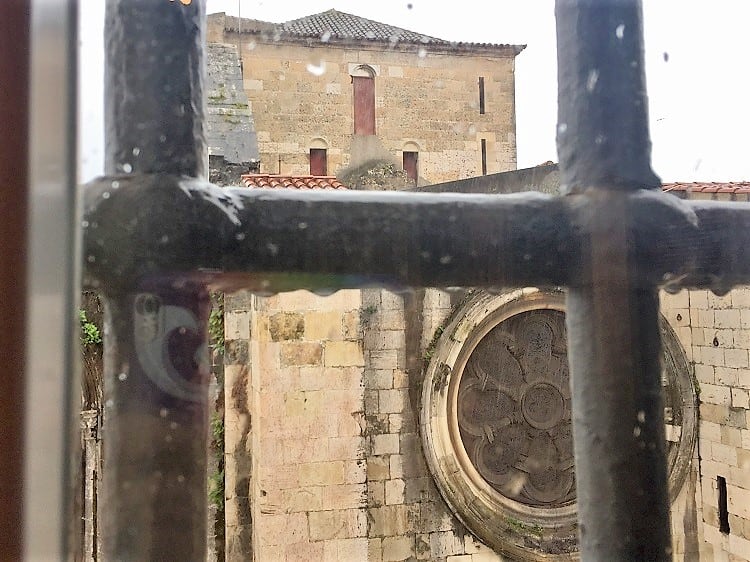
As a former journalist, the section about how the resistance cobbled together uncensored newsletters interested to me.
Before you get too bummed out, there’s an uplifting video display on the third floor from the day of the Carnation Revolution, on April 25, 1974. Liberation is brought to life in the old video.
The Calouste Gulbenkian Museum
The Calouste Gulbenkian Museum is a treasure! Go. Go to this museum when you visit Lisbon – whether you go for free on a Sunday afternoon, or not.
It features some amazing pieces in what was once one of the world’s largest private art collections. Calouste Gulbenkian made his fortune in oil in the early 20th Century (he wasn’t born in Portugal, but ended up there), and he went on a buying spree of fine art. The result is what you see in The Founder’s Collection. There is another building with a Modern Art collection.
Founder’s & Modern Art collections
This collection is in its own building and it showcases Gulbenkian’s taste in Egyptian, Greco-Roman coins and art and books, Islamic and Oriental art, European painting, sculpture and fine furniture. This is the only building we had time to visit, because we like to take our time. We went back another day for the Modern Collection.
As of this writing, admission is free every Sunday for all people after 2:00 p.m. Closing time is 6:00 p.m.
See the official English version of the website here.
If you have only one Sunday in Lisbon, don’t linger too much in the Founder’s Collection (like we did), or you’ll never get through it and on to the Modern Collection.
Bonus! Free concert!
A bonus to our visit at the Gulbenkian Museum was a free classical concert that lasted about an hour. It featured a violinist and a pianist. The musicians were young men and wow, could they ever play! Tedly was stunned by their appearances. He said you could see either of them at any cafe and never in a million years suspect they could play such excellent classical music.
Tedly asked a guard how often the museum holds the free concert, and the answer was only on the first Sunday of the month. So, don’t go on any Sunday and expect to hear beautiful music – in the gallery hall right next to Rembrandt!
If you happen to be there on a first Sunday, be alert to the concert start time and try to get there as soon as the chairs are set up. In our case, museum staff set up the chairs a bit after 3:30 p.m., and the concert started at 4:00 p.m.
Rembrandt, and so much more
I literally sat and gazed at a Rembrandt portrait in the adjacent room when Tedly urged me to get up and find a seat in the next room. Seats are fold-up stools, because this is an impromptu set up in the gallery.
By the way, in addition to Rembrandt, there are several paintings by Francesco Guardi, beautiful works by Thomas Lawrence and Peter Paul Rubens – just to name a couple. There are so many other wonderful paintings — and other art works by world-class artists.
For example, there’s a famous marble sculpture of Goddess Diana by Jean-Antoine Houdon, some amazingly decorative furniture, including a gorgeous long-case clock from 1750 (still works!) and intricately designed large bookcases. There are bibles with stunning drawings, religious carvings and other works.
The Founder’s Collection starts off with money — ancient coins carried by the more well-to-do and also some coins carried by more common folks, like us.
I would be happy to pay admission to this museum – it’s only 10 Euros for basic admission to both permanent collections. A guided tour is just two euros more.
Go to the museum’s excellent website (English translation available) for more information (again, the link is here).
Gulbenkian Museum photos
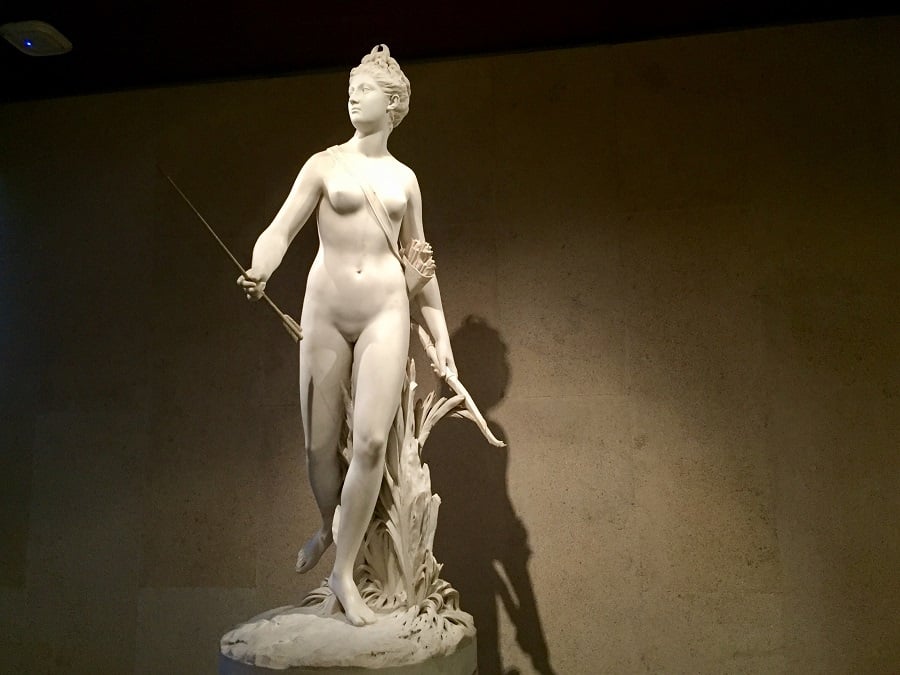
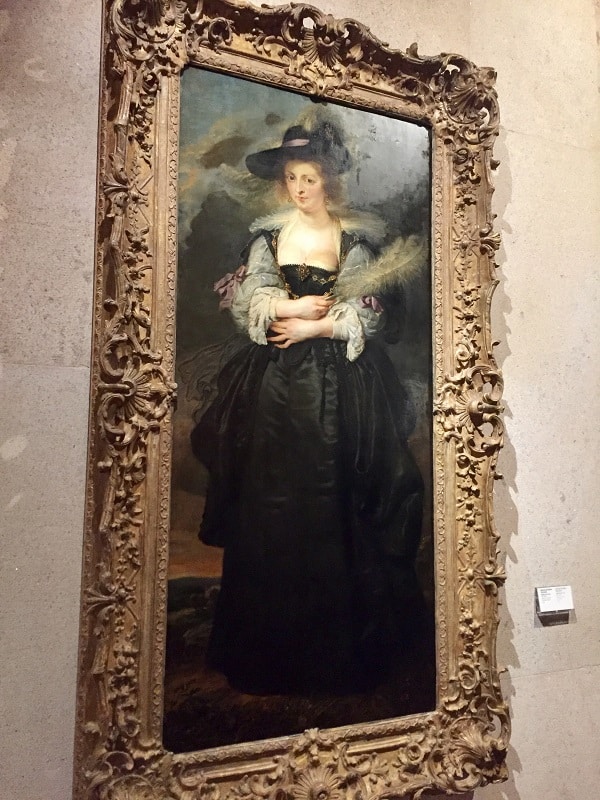
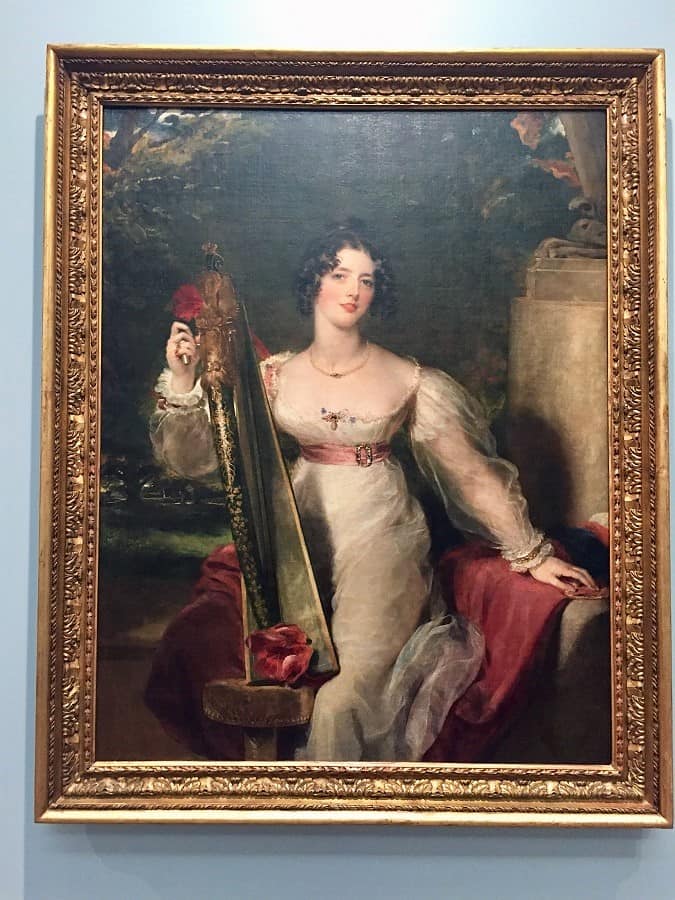
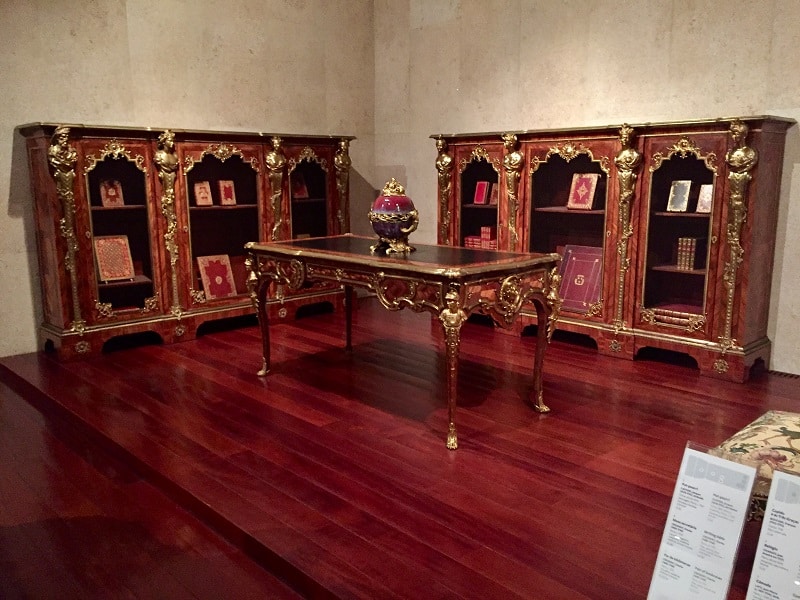
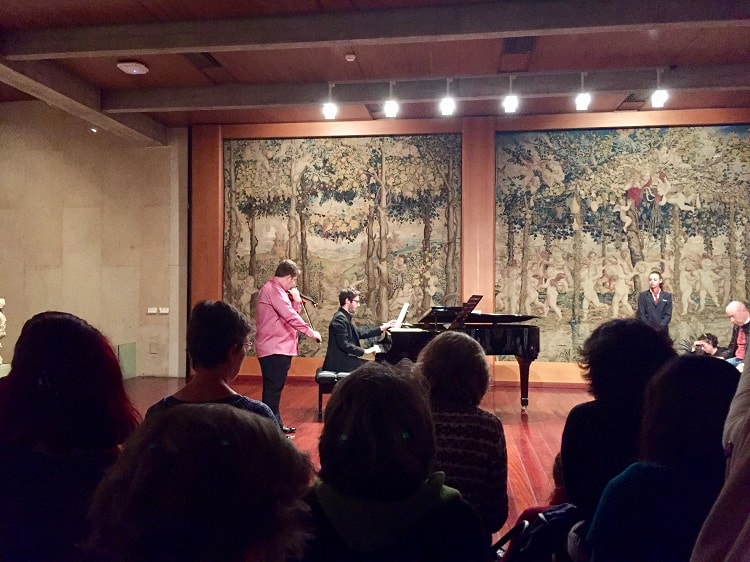
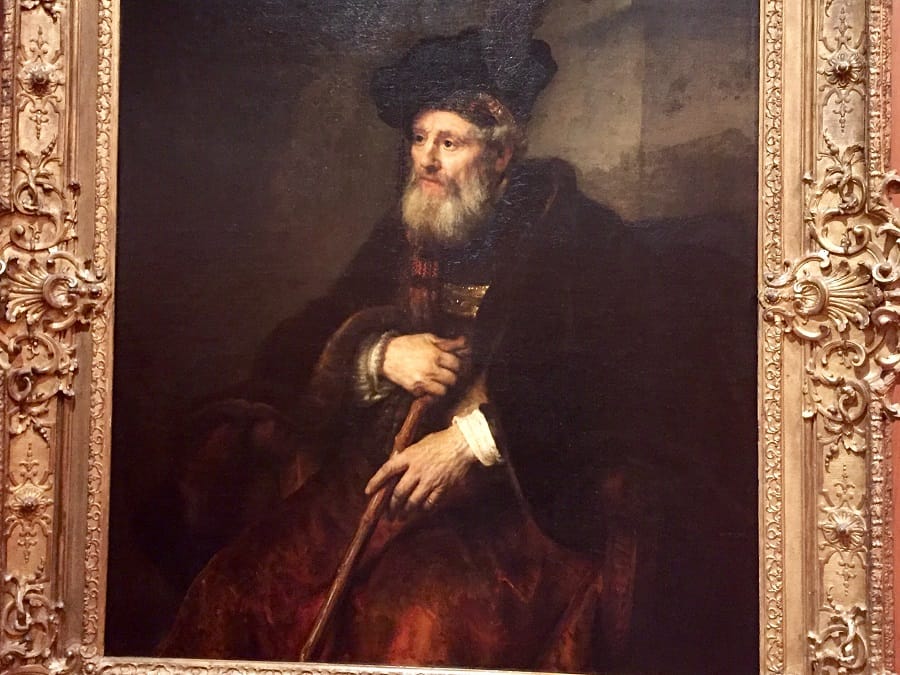
Oh — and there is strong, free WiFi throughout the galleries. If you’re contemplating a Rembrandt painting, and want to learn more about it or the artist – just hop online. How cool is that!?
Final thoughts
There are other museums that offer free admission for visitors in addition to these two. We either didn’t have much interest in them, or we simply didn’t have time. A month in Lisbon sounds like a lot of time, but man, does it go fast!
Want more ideas on free things to do in Lisbon?
- Free concerts at the Hall of Mirrors in Foz Palace
- Free walking tour is a great starting point in Lisbon

???